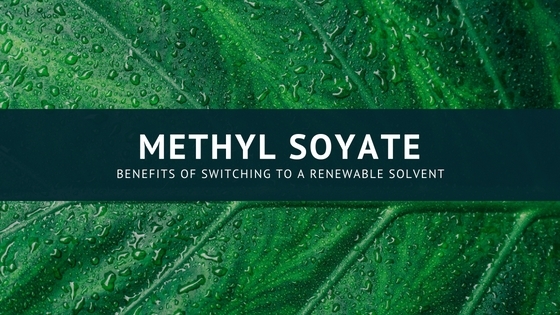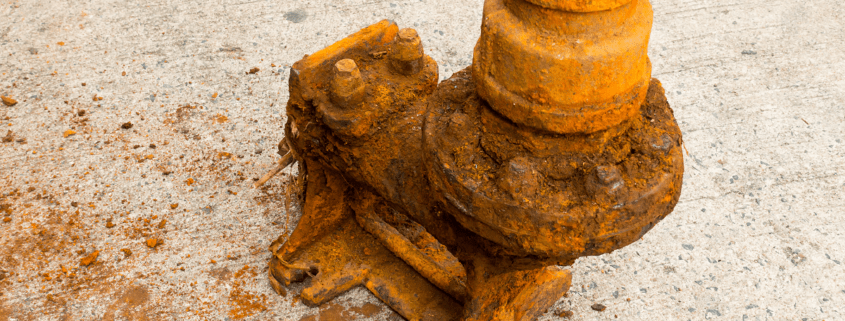Each year, the Occupational Safety and Health Administration (OSHA) hands out millions of dollars in fines to organizations across the U.S. for safety violations in the workplace. Among the possible violations is the use of toxic chemicals, or the failure to implement proper safety measures when using dangerous chemicals.
OSHA Chemical Safety Cases
When we at Ecolink talk about using safer industrial chemicals, we often discuss benefits safer chemicals have for the short-term and long-term health of workers. Because we’re not a regulatory agency, we often stop short of discussing penalties that could result from not using safer industrial chemicals or more effective protective measures against chemical exposure.
However, while it’s our business to levy fines, the fines OSHA levies are public record, and deserve to be discussed to show the financial fallout that can result from companies violating OSHA chemical safety rules. Below are four recent cases that show how costly violations can be.
- Solvay Specialty Polymers USA LLC | Fine: $115,000
In summer 2016, the South Jersey polymer manufacturer was fined six figures for “three repeat and eight serious safety violations.”
In the official report, OSHA states, “Our inspectors focused on vinylidene fluoride, a liquified flammable gas, [which] poses serious safety and health risks to employees, including fire and explosion hazards, frostbite, skin and lung irritation, and liver damage associated with chronic exposures. An effective process safety management program is needed to protect workers and prevent the catastrophic release of highly hazardous chemicals.”
- PPG Industries | Fine: $92,642
In autumn 2016, the Louisiana-based chemical manufacturer was fined nearly six figures for “nine serious and two other violations”.
According to the official report, OSHA explains that, “The violations found… are disturbing. Not inspecting safety relief valves endangers workers and could have catastrophic consequences… This employer must take all necessary steps to correct these issues and take the safety of its workers seriously.”
- Harcros Chemicals Inc. | Fine: $80,000
In spring 2016, the chemical manufacturer received a nearly six-figure fine for “14 serious violations”.
From OSHA’s official report: “When highly hazardous chemicals are not properly controlled, there is a potential for unintentional release, which could result in serious health and safety implications for workers and the neighboring community… Companies that manufacture chemicals must thoroughly train workers and monitor procedures used in the process for needed changes.”
- Quest Diagnostics | Fine: $152,000
In summer 2016, Quest Diagnostics was find six figures for chemical hazard violations at a Shelton, Connecticut, location.
As OSHA’s official report explains, “A laboratory chemical hygiene plan is not a paper exercise. It’s a continuous ongoing process that is key to preventing employees from being sickened by the hazardous chemicals with which they work. Our inspection found several serious deficiencies concerning the Shelton laboratory. For the safety and health of its employees, Quest must ensure that correct and effective safeguards are in place and in use at all its laboratories.
Conclusion
When considering the potential cost of chemical safety violations, OSHA fines are just the beginning. There’s also sick days, workers compensation, chemical injury lawsuits, and damaged business to consider.
It should also be noted that OSHA fines organizations repeatedly, until they fix the cause(s) of the initial fine. In combination, these factors can truly decimate a bottom line and literally force the use of safer industrial chemicals and/or better protective measures.
The best way to avoid the multifarious financial drawbacks of toxic chemicals is using safer industrial chemicals. This is what we specialize in, helping organizations replace toxic solvents with ones that are just as powerful, have a better safety profile, and may even cost less. To inquire about our solutions, call us today at (800) 563-1305, or send us an email through our contact form.






